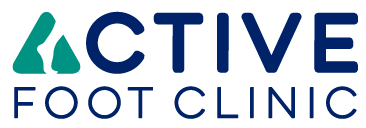Case Study: Kian's mother Erika was concerned by the way Kein walked with his toes pointing in
Erika noticed that he was wearing out his shoes in unusual places and wanted him to grow evenly and correctly. Erika wanted Kein to stay active to the level he wanted to and didn't want his posture to get out of whack in the future as she knew that it is harder to fix later.
All 5 members of Erika's had been to the clinic with good results since the Active Foot clinic's affiliation with their soccer club. The treatment was effective. Gait retraining, orthotics and stretches balanced Kein's feet and Kein did not need much encouragement to stick to the program.
Erika is confident that Kein will be able to remain active for longer with no long-term impact of pigeon toes. Kein's podiatrist noticed a distinct improvement in his postural alignment and continues to monitor his development.
What causes intoeing?
Muscle imbalance and soft tissue contractions in feet, legs or hips
Family history of metatarsus adductus
Position of baby in uterus
Sleeping position of baby
Stunted development of foot in utero (8-9wks)
Abnormal muscle insertions in the foot
Has been linked with developmental dysplasia of the hip (DDH)
Hypermobility
Poor sitting posture
Treatment Options
Chosen treatment options for in-toeing will vary depend on several factors including age, severity, rigidity. The earlier we treat the better.
Treatment options may include:
Changing sleeping or sitting position of child, orthotics with gait plates, walking training, stretching and strengthening exercises, casting, splints or braces, surgery, mobilisation and shoe padding.
For more information, or a through assessment come and see one of our friendly podiatrists today!
